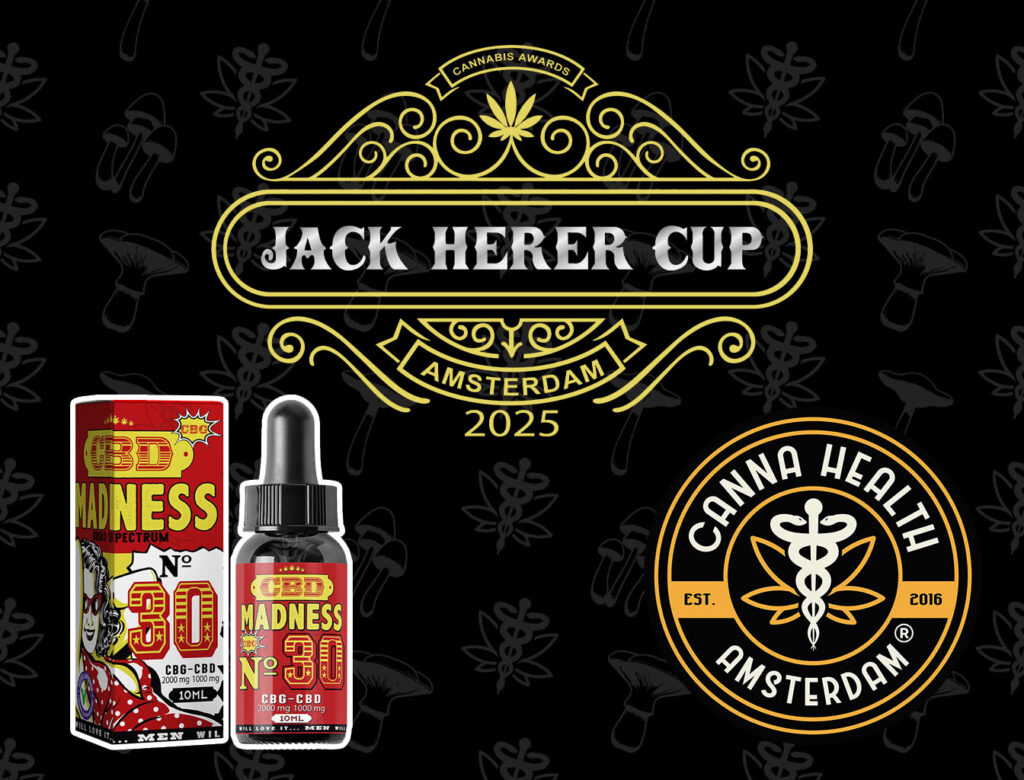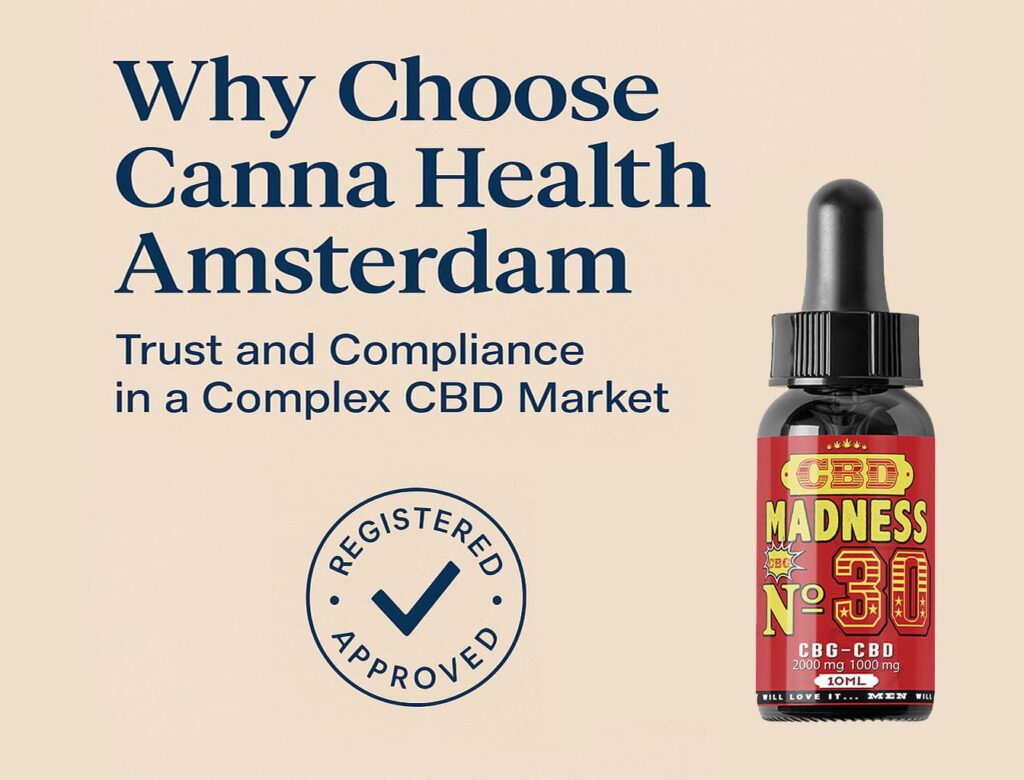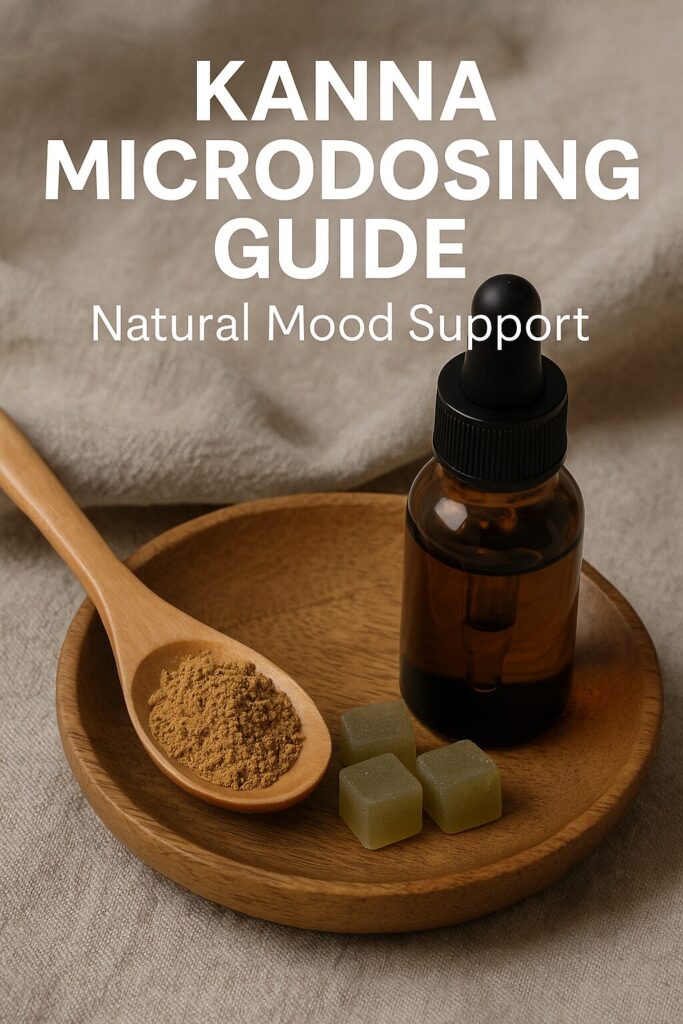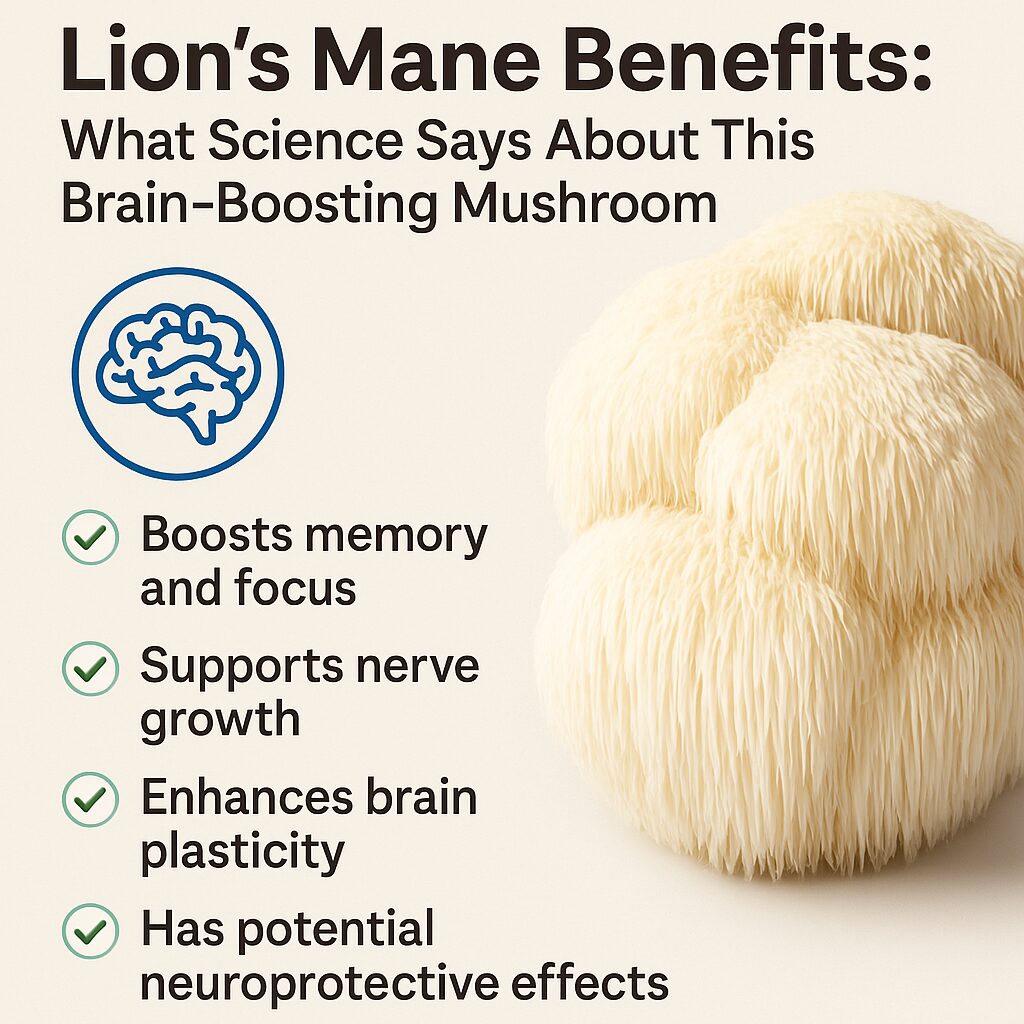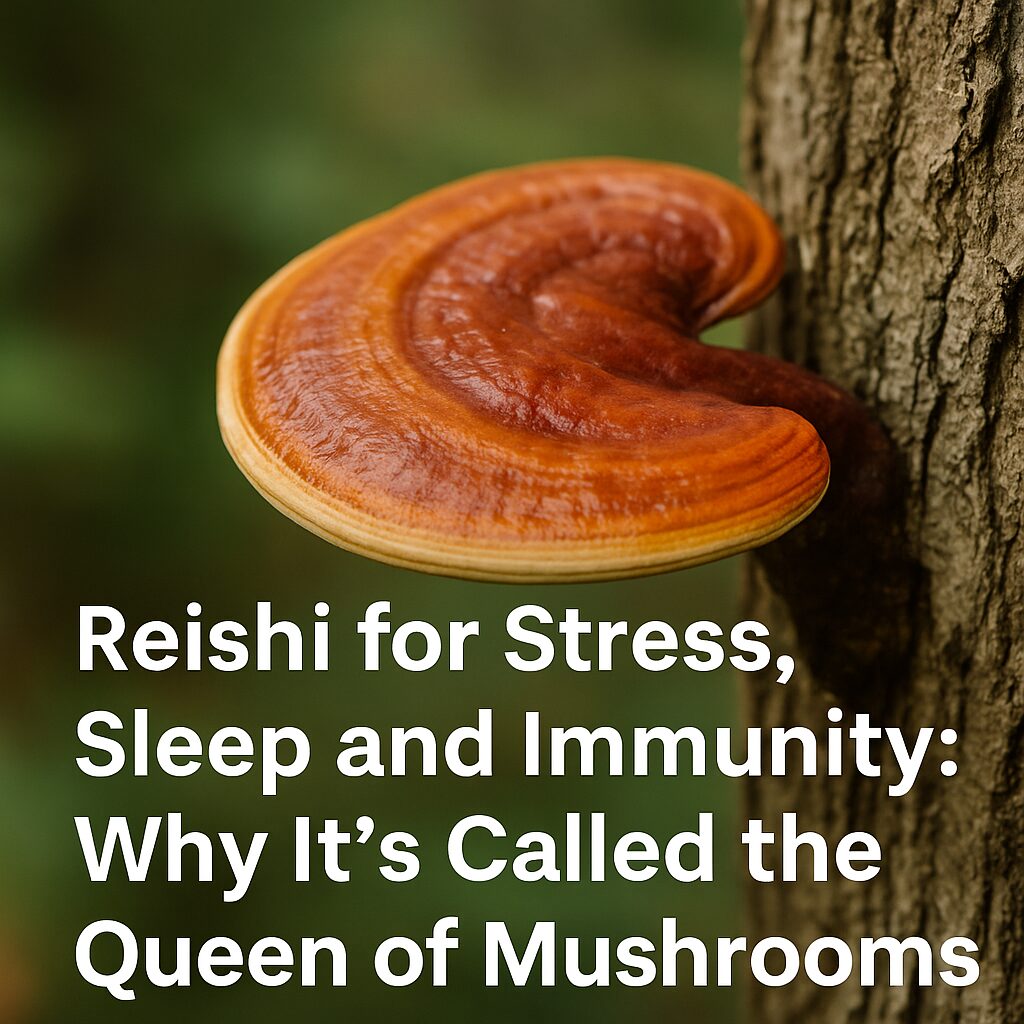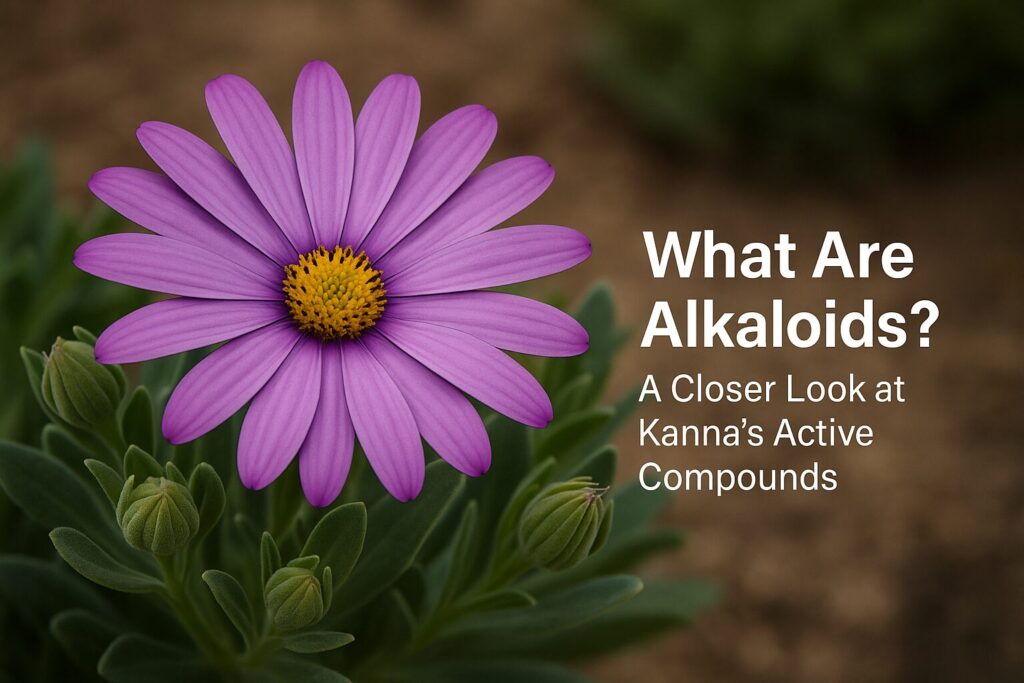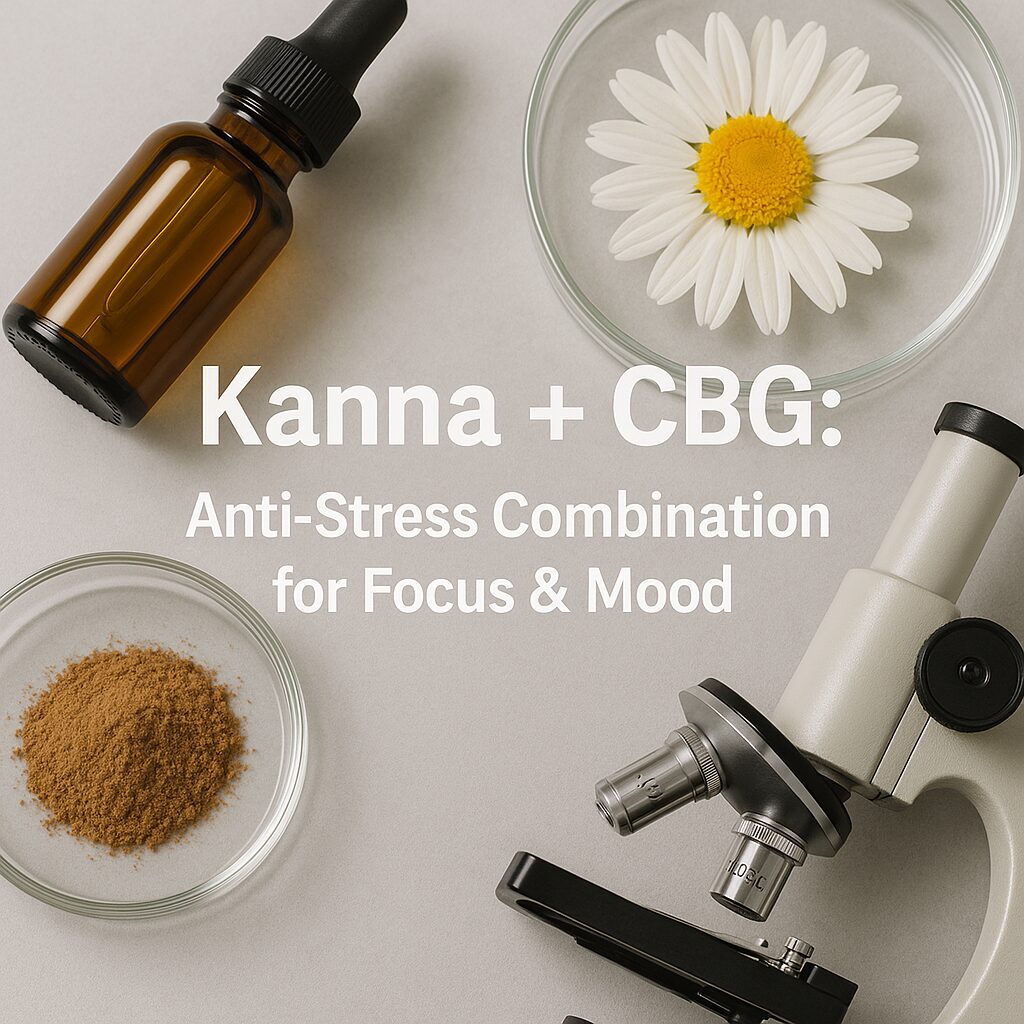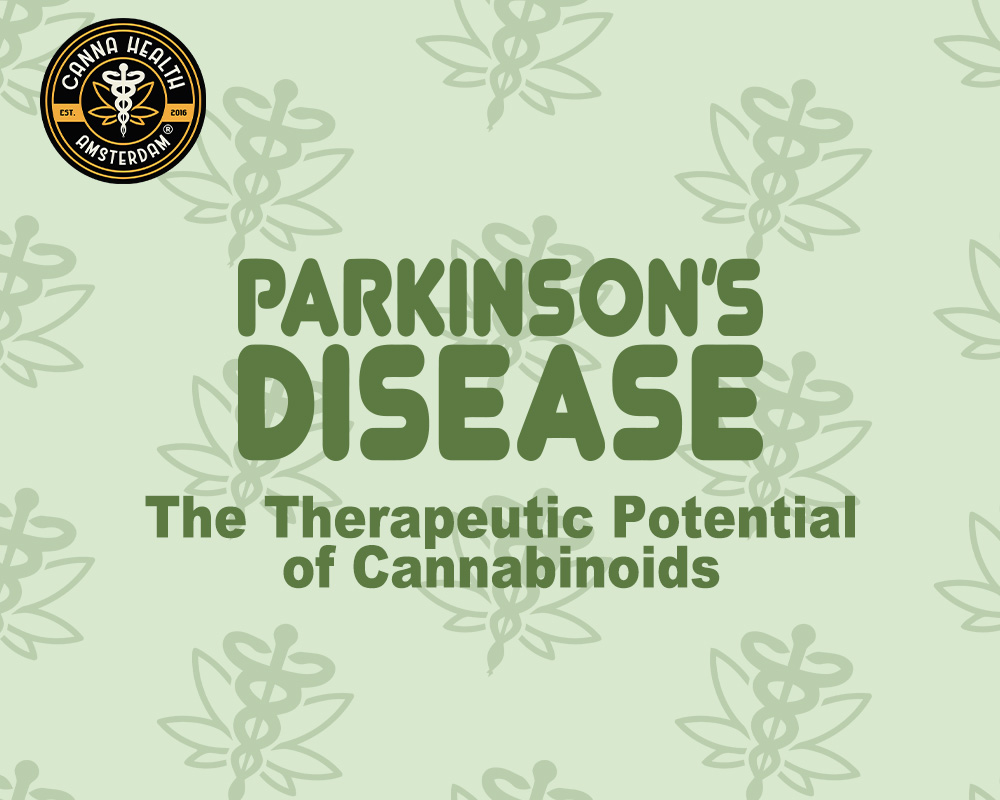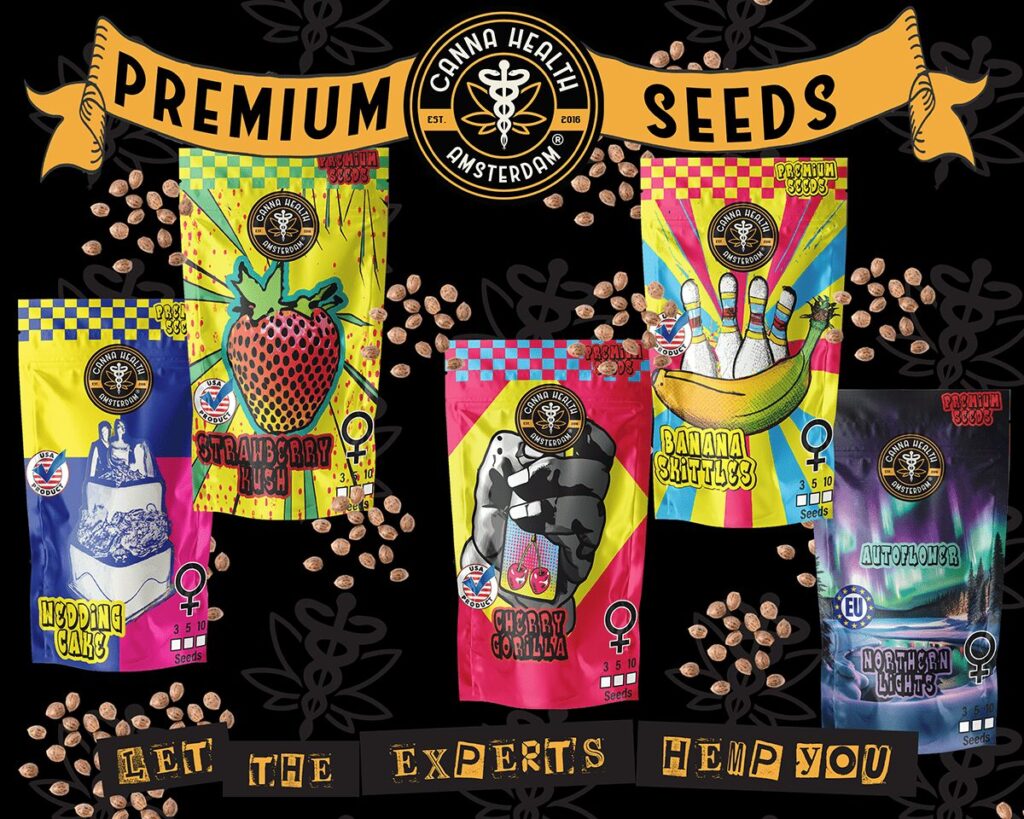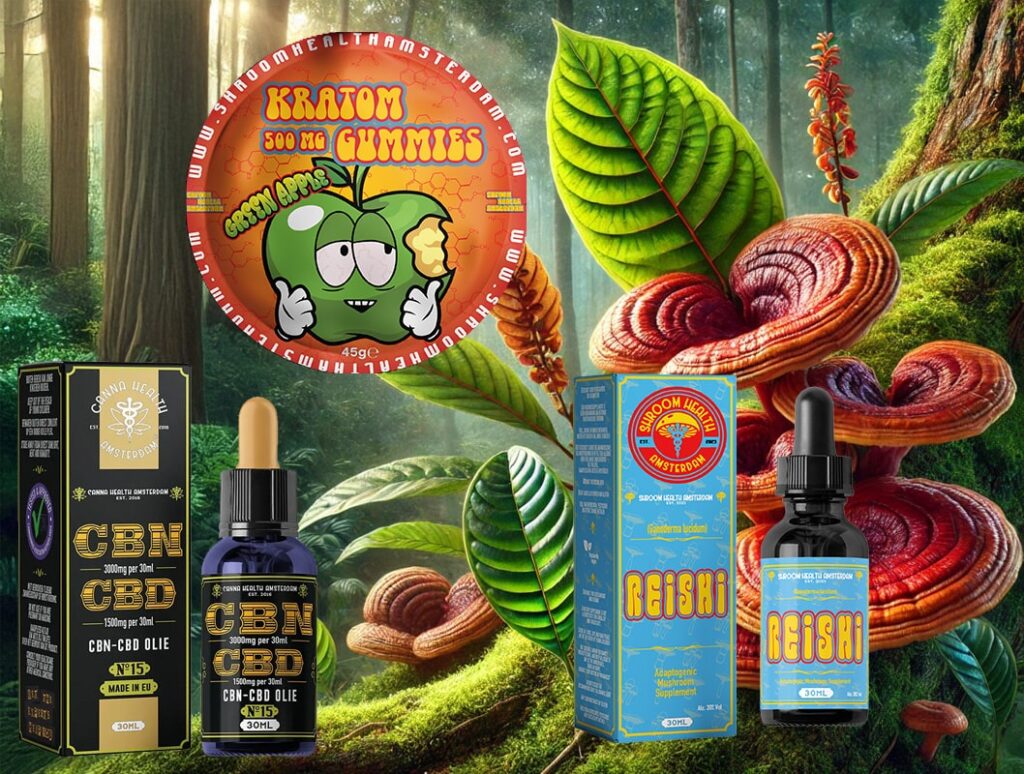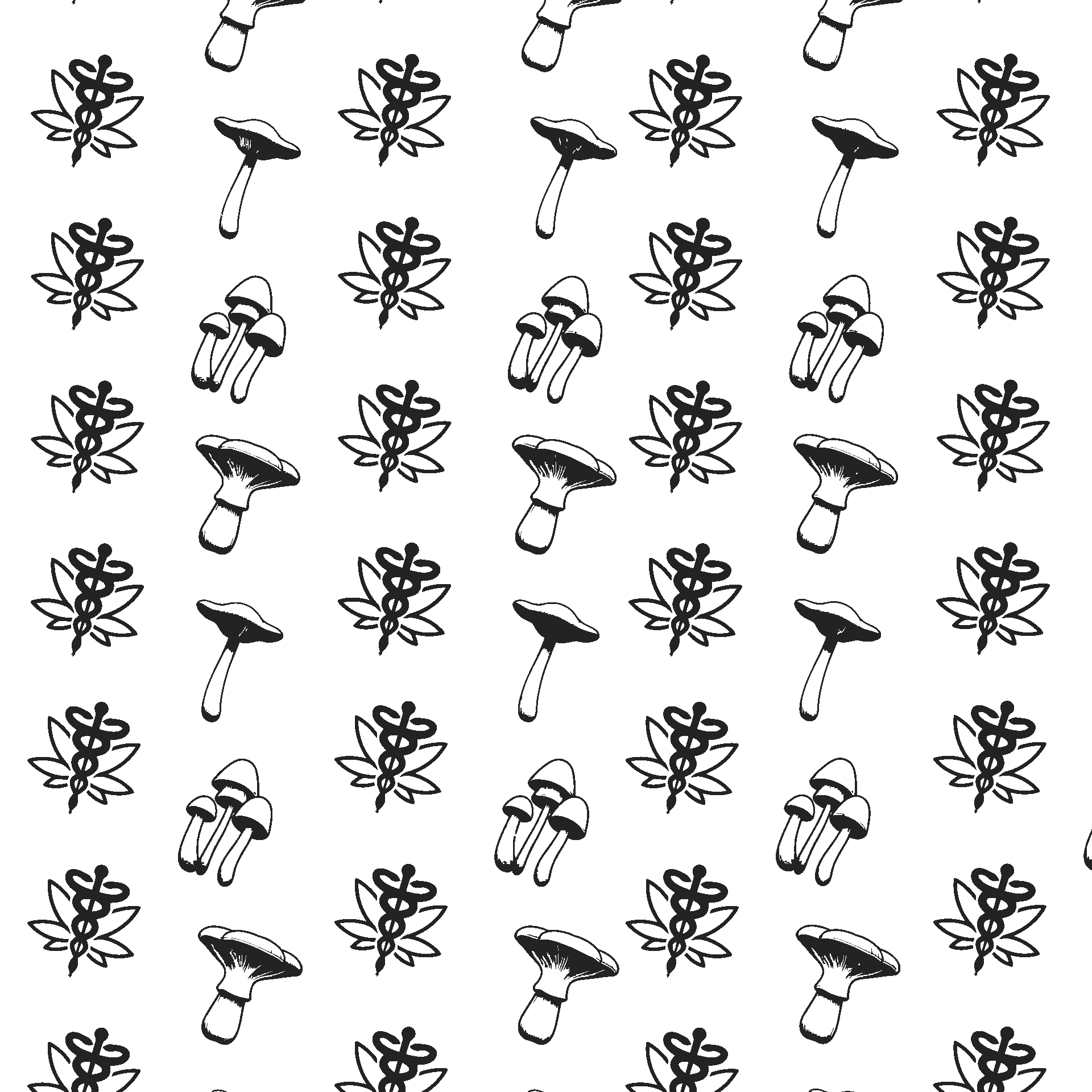
Blog
Microdosing Explained: What It Is and How to Do It Safely
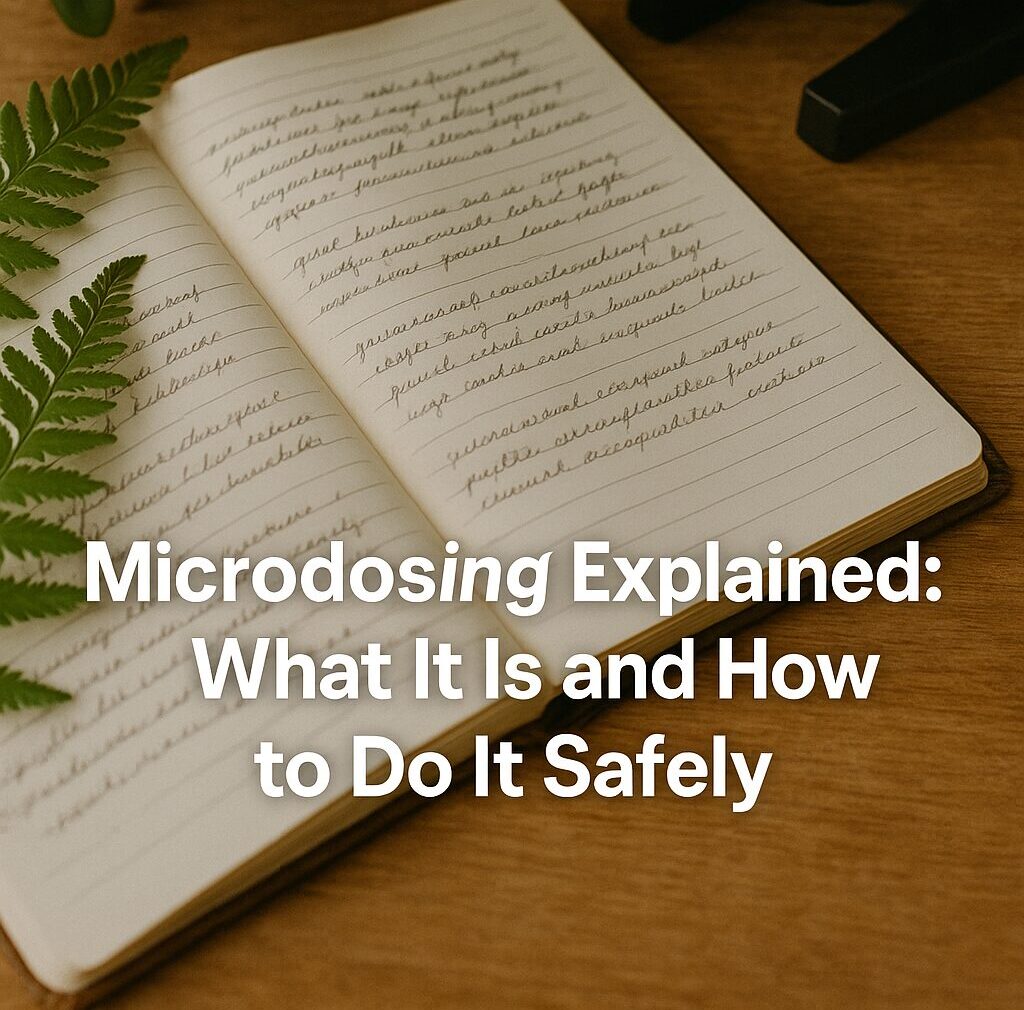
What Is Microdosing?
Microdosing is the practice of consuming very small, sub-perceptual doses of a psychoactive substance in order to support mental health, cognitive performance, and emotional balance, without inducing noticeable intoxication. For those looking for a microdosing guide, the dose is typically 5–10% of a standard active dose and is taken on a recurring schedule to promote subtle, long-term benefits.
Originally popularized with psychedelics like LSD and psilocybin, microdosing has expanded to include natural substances such as Kanna (Sceletium tortuosum), a South African plant known for its mood-enhancing and stress-reducing properties.
Why People Microdose
Microdosing is often used to:
- Enhance mood and emotional resilience
- Reduce anxiety and symptoms of depression
- Boost focus, motivation, and creativity
- Improve social engagement
- Promote neuroplasticity and cognitive flexibility
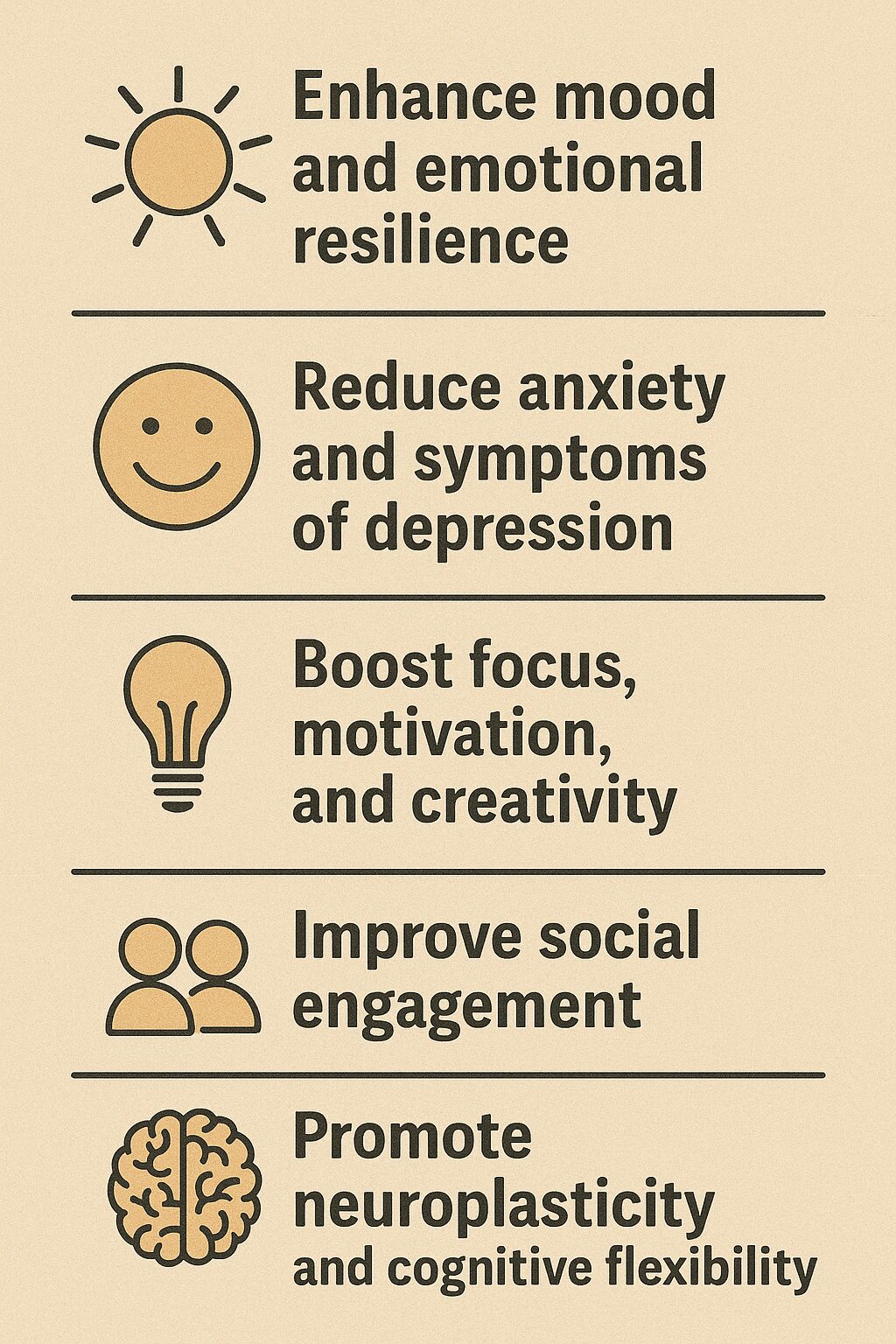
Emerging research and anecdotal evidence suggest these benefits may occur via modulation of serotonin, dopamine, and other neurotransmitter systems, though more placebo-controlled studies are needed to validate long-term effects.
Medical Disclaimer
Always consult your doctor before beginning any microdosing routine. This is especially important if you take medication or have any medical or psychiatric conditions. Kanna and other serotonergic substances may interact dangerously with antidepressants such as SSRIs and MAOIs.
Key Principles of Microdosing
- Sub-perceptual: You should not feel “high,” but you may notice increased ease, energy, or focus.
- Cyclic: Most protocols involve alternating “on” and “off” days to avoid tolerance buildup.
- Reflective: Journaling or self-tracking is highly recommended for insight and safety.
- Non-addictive: Microdosing should not replace professional treatment for mental health conditions.
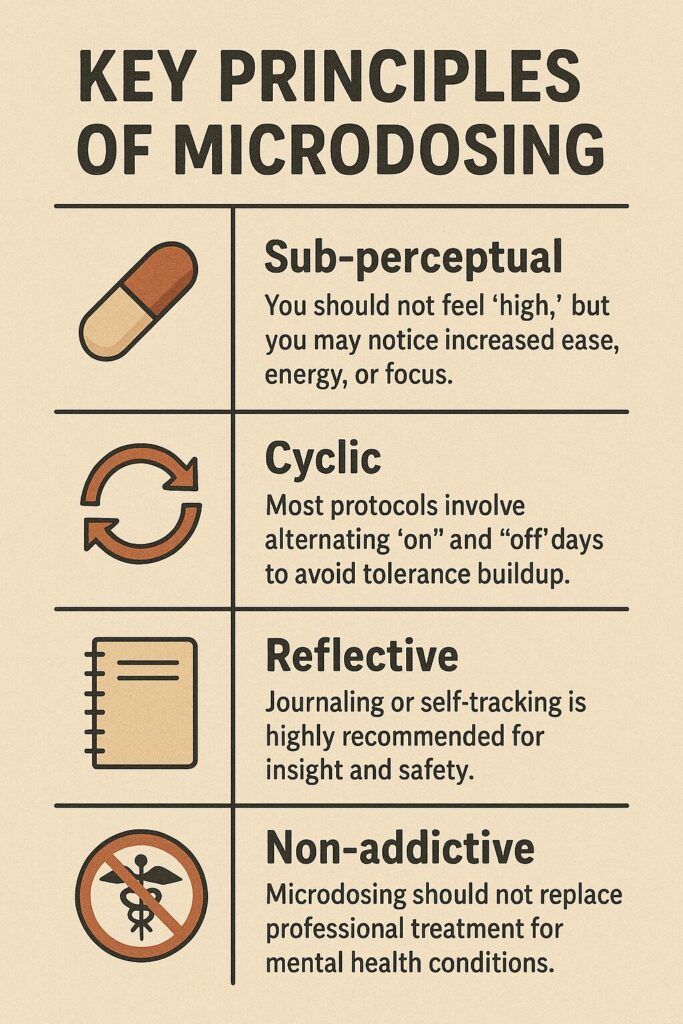
Microdosing Protocols: Evidence-Based Schedules
Here are the most widely used protocols, including pros, cons, and ideal users. Each can be adapted for Kanna or other legal botanicals.
Microdosing Guides:
1. 5-On / 2-Off Protocol
(Simple Weekly Rhythm)
How it works:
Take a microdose 5 days in a row, then take 2 days off (typically the weekend). Repeat weekly.
Pros:
- Easy to follow
- Mimics a workweek schedule
- Reduces risk of daily tolerance
Cons:
- Can lead to diminishing effects over time
- Requires a break every 4 weeks (1–2 weeks off)
Best for:
People seeking daily emotional regulation or focus during the workweek.
2. Fadiman Protocol (Every-3-Day Cycle)
Developed by psychologist James Fadiman
How it works:
- Day 1: Microdose
- Days 2 & 3: No dose
- Repeat the cycle over 4–10 weeks
- Optional: 2-week reset break after each cycle
Pros:
- Prevents tolerance
- Gives time to observe “afterglow” effects
- Easier to notice subtle shifts in mood or cognition
- Backed by years of anecdotal and survey research【source†daytryp.com】
Cons:
- Less consistent daily support
Best for:
Those wanting insight and long-term emotional improvement without daily intake. [source]
3. Stamets Protocol (4-On / 3-Off with Nootropic Stack)
Popularized by mycologist Paul Stamets
How it works:
- Microdose for 4 consecutive days
- Take 3 days off
- Often combined with Lion’s Mane mushroom and niacin for neurogenesis
Pros:
- Steady rhythm
- Potential cognitive synergy
- Can enhance long-term brain health
Cons:
- Requires careful dosing
- Involves additional supplements
Best for:
People seeking neurocognitive benefits, especially when combining Kanna with nootropic stacks. [source]
4. Intuitive / As-Needed Microdosing
For flexible users
How it works:
- Take a microdose only on high-stress, high-demand, or emotionally challenging days
- Always allow at least 1–2 rest days in between
Pros:
- Personalized and efficient
- Avoids unnecessary intake
- Encourages mindfulness
Cons:
- Less structure can lead to inconsistent effects
- Requires strong self-awareness
Best for:
Experienced users who listen closely to their body’s needs.
Microdosing Guide: How to Microdose with Kanna
Kanna contains serotonin reuptake inhibitors such as mesembrine, which influence mood, anxiety, and focus. It’s legal in many countries and non-hallucinogenic in microdoses.
Typical Kanna Microdose:
- Powder or extract: 5–15 mg per dose (standardized extract)
- Tincture: Start with 2–4 drops (adjust gradually)
- Timing: Morning is ideal to support mood and avoid sleep interference
- Duration: 4–8 weeks max before taking a 1–2 week break
Always start low, increase gradually, and track your mood, energy, and focus daily.
Important: Do not mix Kanna with SSRIs, MAOIs, or serotonergic substances. Always discuss with a qualified health provider before starting. [source]
Choosing the Right Protocol
| Protocol | Best For | Why It Might Be Better |
|---|---|---|
| Every-3-Day | Self-observation & subtle mood | Built-in rest periods, high insight, avoids tolerance |
| 4-On / 3-Off | Brain support + mood | Combines well with nootropics, steady but flexible |
| 5-On / 2-Off | Structure & daily relief | Easy to follow, ideal for workweek wellness |
| Intuitive | Highly self-aware individuals | Adaptable, great for advanced users |
Microdosing in Perspective
Microdosing is not magic, but when done intentionally, with the right rhythm and respect for your body’s signals, it can support greater emotional balance, mental clarity, and even neuroplasticity
Before beginning any protocol, consult your doctor, especially if you’re taking medication or managing mental health conditions. Responsible use starts with informed choices.
🔗 Sources
- Psilocybin Microdosing: A Comprehensive 2025 Guide to Science, Safety, and Transformation (2025)
- The emerging science of microdosing: A systematic review (2022)
👉 Learn how Kanna, Lion’s Mane, and CBG work together for powerful emotional and cognitive support:
Lion’s Mane, Kanna, and CBG – A Powerful Trio for Cognitive Wellness and Emotional Balance
Disclaimer: This blog is for informational and educational purposes only. We review and reference available studies and reputable sources; however, content may not reflect the most current research or regulations and should not be taken as medical, legal, or professional advice. We do not make or imply health claims. Products mentioned are not intended to diagnose, treat, cure, or prevent any disease and statements have not been evaluated by EFSA or the FDA. Effects can vary between individuals. Always consult a qualified healthcare professional before use and verify that any product or ingredient is lawful in your jurisdiction.


